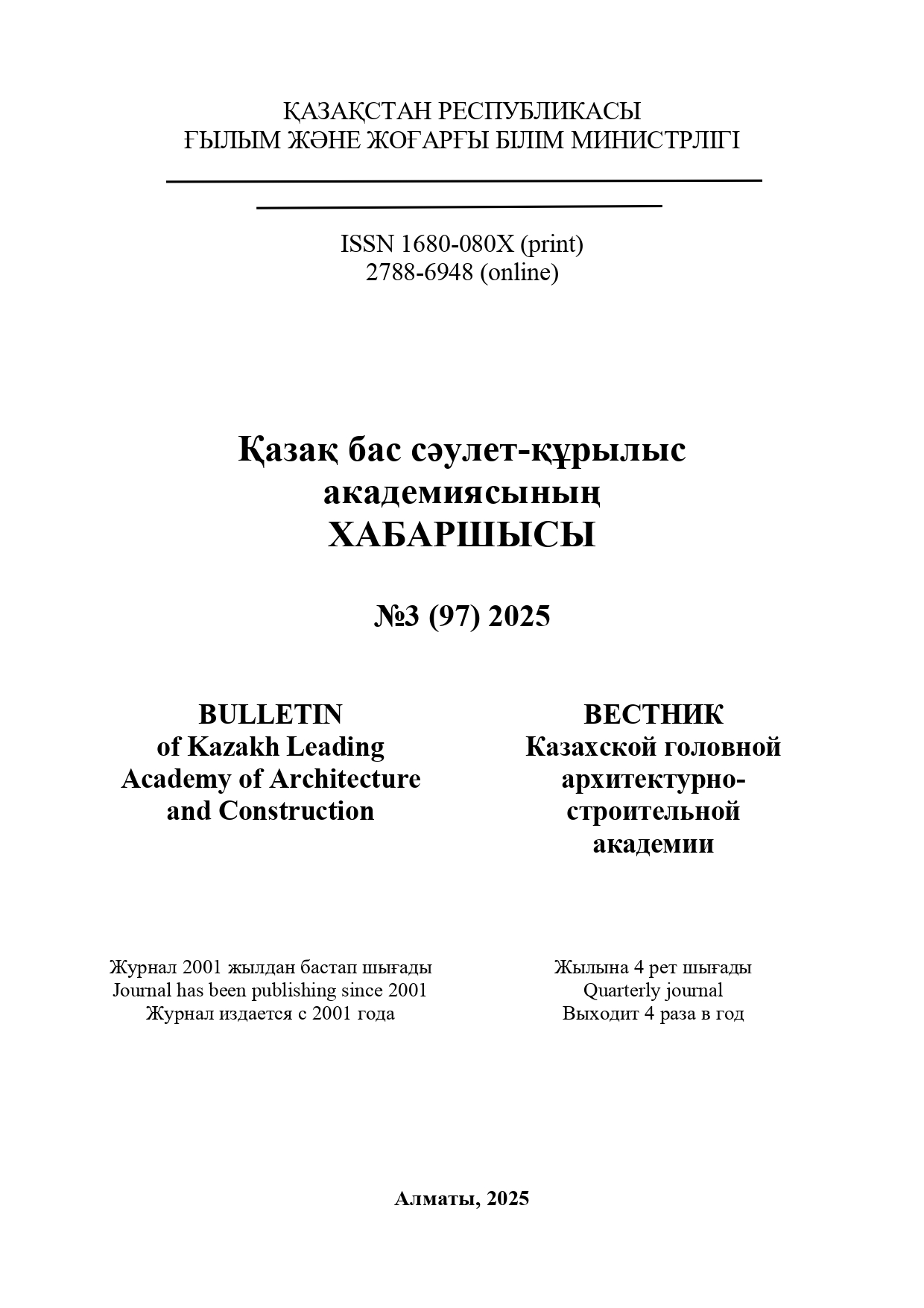Аннотация
В городе Алматы впервые проведена полная паспортизация жилого фонда многоквартирных зданий. Всего было обследовано свыше 10 тысяч зданий. Выявлена структура жилого фонда с выделением групп зданий по конструктивным решениям и оценки надежности. По результатам паспортизации впервые получены количественные оценки величин вероятности отказа для различных типов зданий. Получены формулы для оценки количественного значения сейсмического риска. Приведены результаты оценки сейсмической уязвимости с использованием классификации зданий по Европейской макросейсмической шкале EMS-98 и сейсмической шкалы MSK-64(K), применяемой в Республике Казахстан. Выполнено сопоставление полученных результатов. Выявлено количество многоэтажных жилых зданий различных конструктивных типов, расположенных на тектонических разломах. На основе статистических мировых данных проведена оценка количества погибших при расчетном землетрясении. Получена интегральная оценка надежности (вероятности безотказной работы) многоэтажного жилого фонда города Алматы. Показано, что снос не сейсмостойких деревянных зданий увеличит общую надежность группы многоэтажных жилых зданий почти на 15%. Установлено, что наиболее опасными являются здания с наружными несущими стенами и внутренним каркасом; здания с несущими стенами из кирпичной кладки и сборными железобетонными перекрытиями; здания высотой в 2 и более этажей с несущими стенами из кирпичной кладки и деревянными перекрытиями; одноэтажные здания с несущими стенами из кирпичной кладки. B результаты количественной оценки величин сейсмического риска могут быть использованы для разработки схем рационального градостроительства, экономической оценки используемой территории.


